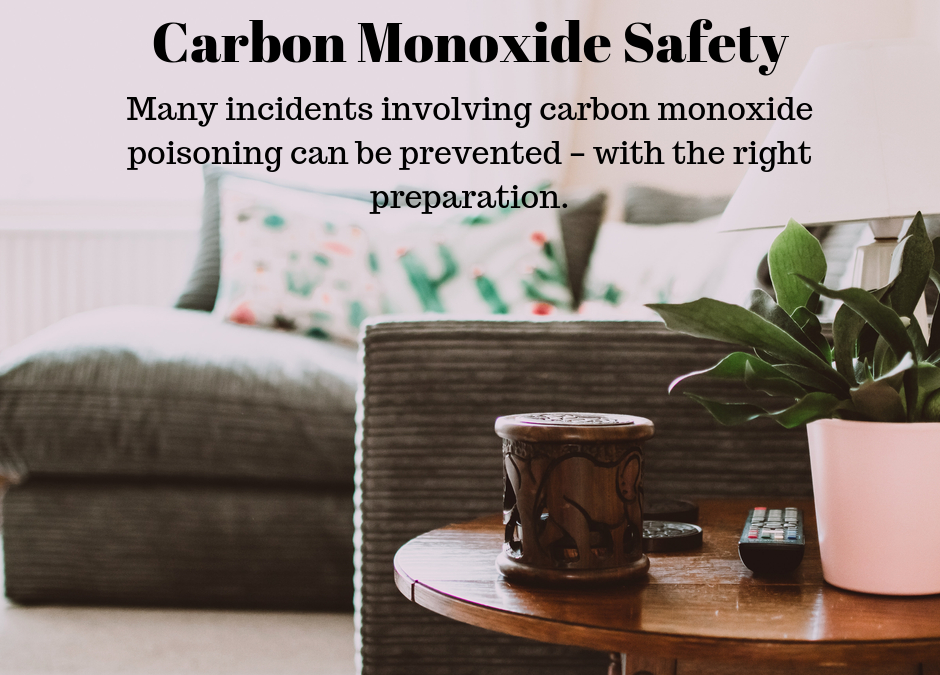Many incidents involving carbon monoxide poisoning can be prevented – with the right preparation. Start with these seven tips to help keep your home and family safe from carbon monoxide.
1.Know the risks of carbon monoxide.
Anything that burns a fuel – such as a furnace, fireplace or penetrator, gas appliance or car – produces a toxic by-product: carbon monoxide. (CO).
When these devices are properly maintained and vented, this colorless, odorless gas can be effectively dispersed and channeled out of your home. If not, inhaling carbon monoxide can trigger serious health issues.
At lower concentrations, victims may experience such symptoms as a headache, dizziness, weakness, nausea, vomiting, chest pain and confusion. But at higher concentrations, CO can quickly cause a loss of consciousness, even death.
2.Keep your vents clear.
During and after a storm, make sure nothing is obstructing the outside stack or vent for your dryer, stove, furnace and fireplace.
Take special care to prevent snow from building up and blocking these critical exits for dangerous gases.
3.Do not run engines in closed area.
Proper ventilation is critical to avoiding CO poisoning. So do not start a car, fire up a grill or stove, or run a generator in a closed area – like a basement or garage.
Even if you leave the garage door open carbon monoxide gas can quickly build up to toxic levels.
4.Schedule regular maintenance.
Make sure you rely on experts to install your fuel-burning devices and set up the appropriate venting for each device.
At least once a year, have a qualified professional inspect your fuel-burning devices to make sure they continue to operate properly.
5.Keep fireplaces clean and well vented.
If you have a wood-burning fireplace or stove, make sure you keep it clean and that the flue is working properly.
Even if the last embers are just smoldering, keep that flue open to let the gases escape.
6.Install CO alarms.
If you have fuel-burning appliances, a fireplace or an attached garage consider installing these special devices in your home. You will want one on every level (including the basement), within the vicinity of each sleeping area and in other locations required by any applicable laws/building codes.
Some CO detectors can even be interconnected across your house, so that when one detects an issue, they all sound the alarm. If you do hear the CO alarm, immediately move to fresh air and call 911.
7.Maintain your CO alarms.
Keep in mind that CO alarms do need to be maintained regularly.
Many come equipped with a battery backup to ensure uninterrupted operation, even if the power goes out. But you will need to remember to change your batteries at the frequency recommended by the manufacturer, like you do with your smoke detectors.
It is also a good idea to keep a supply of batteries on hand in the event of a multi-day power outage. Other maintenance tips to consider are removing visible dust with a vacuum, and testing and replacing units (check your owner’s manual for details).
It’s important to have the right homeowners insurance to protect the things you value. Contact your agent to make sure you’ve got the coverage you need.


